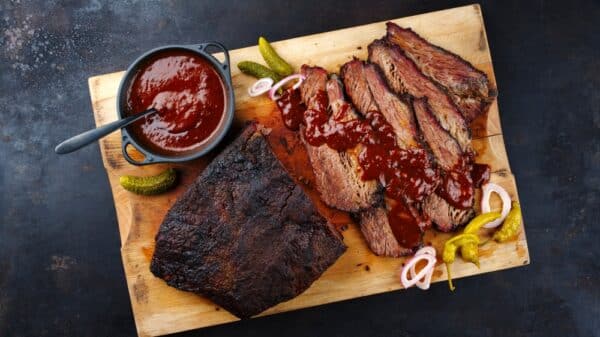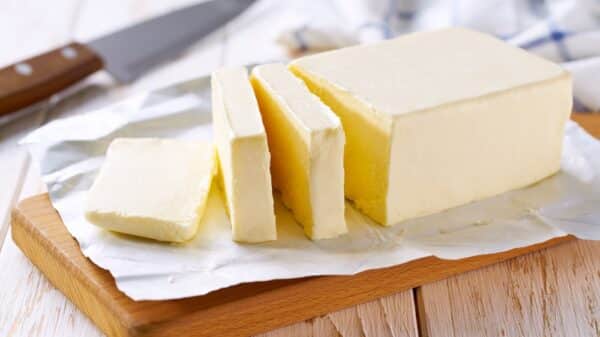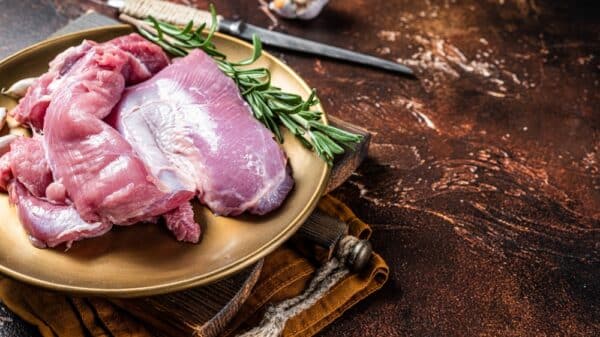At first glance, bologna and salami might seem like two peas in a pod—both are beloved deli meats that elevate the humble sandwich to something worth talking about. However, when you dive a little deeper, you’ll find that bologna comes out on top as the healthier choice between the two. Both of these flavorful meats boast rich histories rooted in European tradition and put a dynamic twist on everyday meals and snacks; yet, it’s their different preparation methods and ingredient choices that truly set them apart.
Bologna, hailing from the city of Bologna in Italy, is generally made from finely minced pork or a blend of meats, such as chicken or turkey, combined with a simple mix of seasonings. This results in a meat that is smoother and less fatty than salami. In contrast, salami is a more decadent option, known for its coarser texture and more complex blend of seasonings, which contribute to its richer taste and higher fat content. Salami’s curing process involves extra salt and an array of spices, which not only enhances its flavor but also boosts its sodium levels significantly.
When it comes to taste and health, bologna offers a milder flavor and a gentler nutritional profile. Sure, bologna isn’t going to win any “superfood” awards—after all, it’s still processed meat, and moderation is essential. Health experts often suggest leaning toward leaner deli meats like turkey or chicken breast as more nutritious choices. However, understanding the production processes behind these popular deli selections can empower cold-cut enthusiasts to make smarter eating decisions.
Bologna’s origin is fascinating and ties back to Italy’s culinary roots. This Italian sausage’s ancestor, mortadella, was enjoyed by the ancient Romans long ago. Over time, bologna evolved into the version we appreciate today, which is often crafted from finely ground meats that are emulsified to achieve a consistent, smooth texture before being cooked or smoked. Nutritionally, a typical slice of bologna tends to be lighter on the body. With about 70 calories and 6 grams of fat per slice, it also packs in around 4 grams of protein. Unlike salami, bologna commonly uses fewer heavy seasonings and cuts of fatty meat.
For many, bologna is intertwined with nostalgic memories of school lunches—a part of childhood that many cherish. Its affordability and mild taste have earned it a special place in the hearts of both young and old. You can dress up a simple bologna sandwich with mustard, cheese, and pickles, or make it a culinary adventure with options like toasted garlic bread, grilled veggies, a dash of jam, and a fried egg wrapped in an English muffin.
On the other hand, salami tells a more complex story. Originating in Italy and other Mediterranean regions, salami came from the need to preserve meat, and its very name is derived from the Latin word for salt, “sal.” It’s traditionally crafted from pork but can also include beef and other meats, and it goes through a fermentation and drying process that gives it that strong, savory flavor. Salami is often spiced with aromatic ingredients such as garlic, black pepper, and fennel, creating a delightful robust taste.
However, as delicious as salami is, it’s important to recognize that it carries a heavier nutritional load. A standard slice of salami typically clocks in at around 120 calories and 10 grams of fat, accompanied by a hefty sodium punch—approximately 530 milligrams per serving compared to bologna’s more manageable 254 milligrams. This difference is largely due to salami’s use of richer cuts of meat and its plentiful seasoning, contributing to its rich, calorie-dense form.
Despite its health drawbacks, salami remains a party favorite—celebrated for its savory umami kick that makes it a must-have for charcuterie boards, antipasti platters, and sub sandwiches. Just remember that while it may tempt your taste buds, those higher fat and calorie counts can quickly add up if you’re watching your intake.
Ultimately, understanding the distinctions between bologna and salami can enhance your culinary choices, allowing you to indulge wisely and savor every bite. So whether you’re nostalgic for a classic bologna sandwich or craving the bold flavors of salami, choosing the right option for you can transform a simple meal into a delightful experience.































